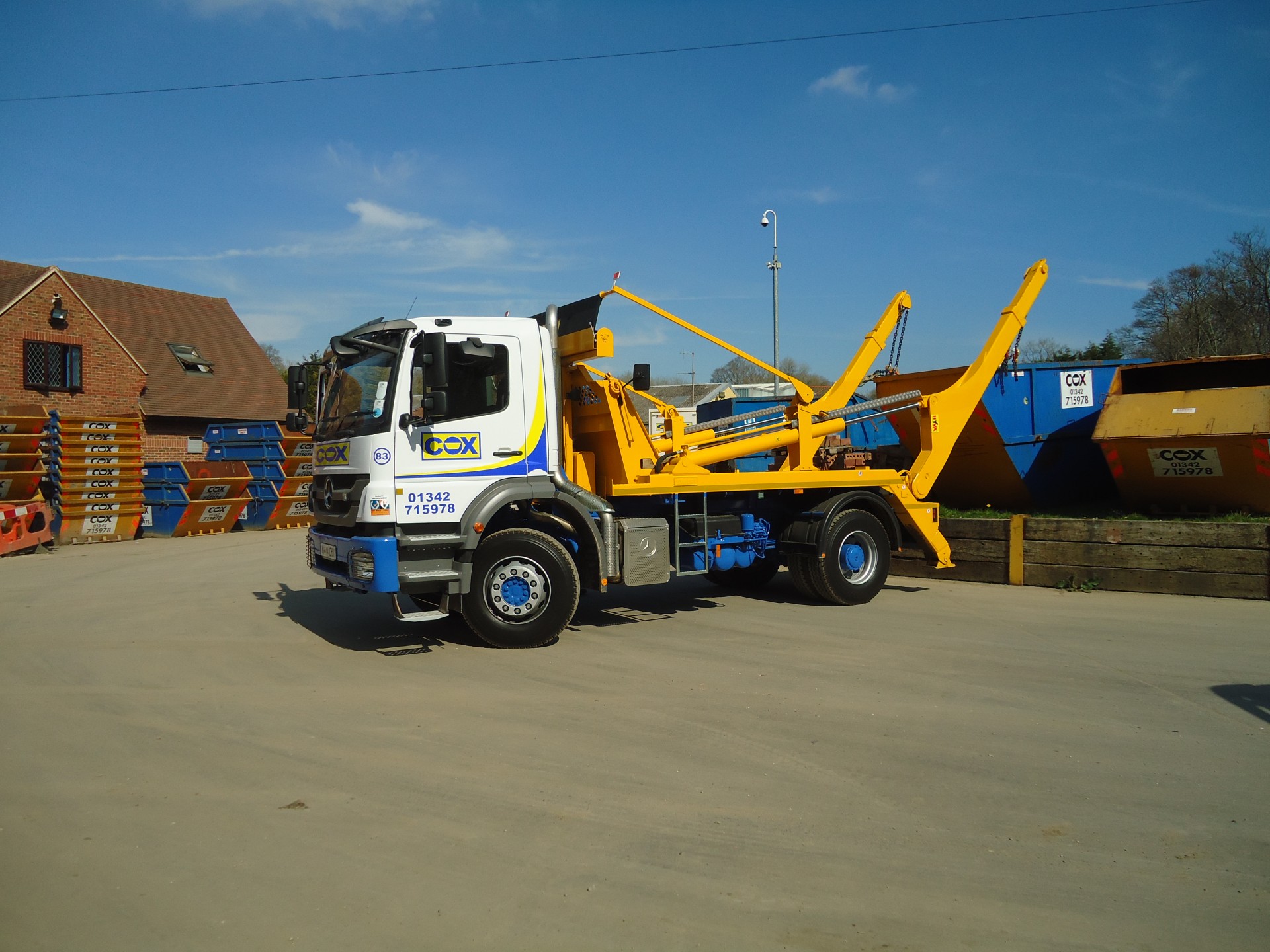The ISO (International Organisation for Standardisation) is an independent, global organisation that works with other organisations to provide standards that are recognised worldwide. The ISO family of standards covers all services, systems and products, ensuring that businesses operate in a way that is safe, and efficient and consistently delivers a high-quality product or service.
What Is ISO 140001?
ISO 14001 provides internationally-recognised standards on environmental management, setting out a comprehensive framework for businesses and organisations. This can be used to develop a series of processes and procedures that leads to an effective Environmental Management System (EMS), or Environmental Policy, that meets ISO 14001 requirements.
What Are The ISO 14001 Requirements?
To gain the maximum benefits of ISO 14001, there are standard’s purposes:
- Help businesses and organisations build robust environmental management systems.
- Set out a benchmark against which the environmental performance of businesses and organisations can be measured.
- Help a business or organisation’s reduce their impact on the environment, and provide a framework they can follow to create a positive environmental impact.
The ISO 14001 requirements are broken down into 10 sections, known as clauses, that cover:
- Create and develop an environmental policy that reflects the business or organisation’s commitment to environmental management.
- Identify how the business or organisation, and its stakeholders, interacts with the environment.
- Ascertain the business or organisation’s potential and actual impact on their environment.
- Recognise their environmental compliance requirements.
- Establish their objectives, targets, processes and procedures to achieve their environmental goals.
- Set out how the business or organisation will monitor and measure their progress in achieving their objectives and goals.
- Detail regular reviews of their environmental policy, objectives, goals and performance.
- Develop a programme of continuous improvement of their environmental performance.
How To Meet ISO 14001 Requirements
The benefits of ISO 14001 are based around clauses 4 to 10 – only these are audited – and it is these that a business or organisation needs to focus on to achieve ISO 14001 certification.
Clause 4 – Context Of The Organisation
To identify, monitor and review internal and external issues relevant to your business or organization, and its environmental performance. Documented environmental processes and procedures detail the needs and expectations of your business or organization from all employees and suppliers.
Clause 5 – Leadership
Develop an Environmental Policy that sets out environmental objectives and reviews, the importance of environmental performance throughout the business or organization, and how leaders are involved in the way the business acts in creating an environmentally-conscious culture.
Clause 6 – Planning
Demonstrate the processes and controls required to manage the business or organization’s environmental performance, including:
- Document the major risks facing the business or organization.
- Document the business or organization’s environmental aspects and associated impacts.
- Consider compliance requirements on the business or organization from a contractual and legal point of view.
- Setting environmental objectives – strategic, product, project, process or service – which drive environmental performance.
Clause 7 – Support
The management system that supports the environmental objectives and performance, including an ISO representative within the business or organization that champions ISO 14001 requirements, as well as staff awareness and communication.
Clause 8 – Operations
The business or organization should conduct its operations in a controlled, measured way that ensures any changes or integrations enhance rather than compromise environmental performance, such as the ‘life cycle perspective’.
Clause 9 – Performance Evaluation
There are four parts to performance evaluation:
- Demonstrate the business or organization is monitoring environmental performance.
- Conduct a periodical evaluation of compliance and confirm the business or organization is operating in line with all legislation.
- Demonstrate and document regular internal audits of the management system to review performance.
- Hold periodic management reviews and reporting by ISO representative to the leadership team.
Clause 10 – Improvement
The mechanism of a non-conformance process for continual improvement incorporating constructive review of systems should issues occur, and how the root cause was addressed.
The benefits of ISO 14001 ensure businesses and organizations are complying with the rules and regulations surrounding environmental management, as well as meeting consumer and client expectations.
If you would like to know more about the services we can provide, then contact JR Consultants today by calling 01268 758000 or emailing [email protected] to set up an initial conversation with the team.





